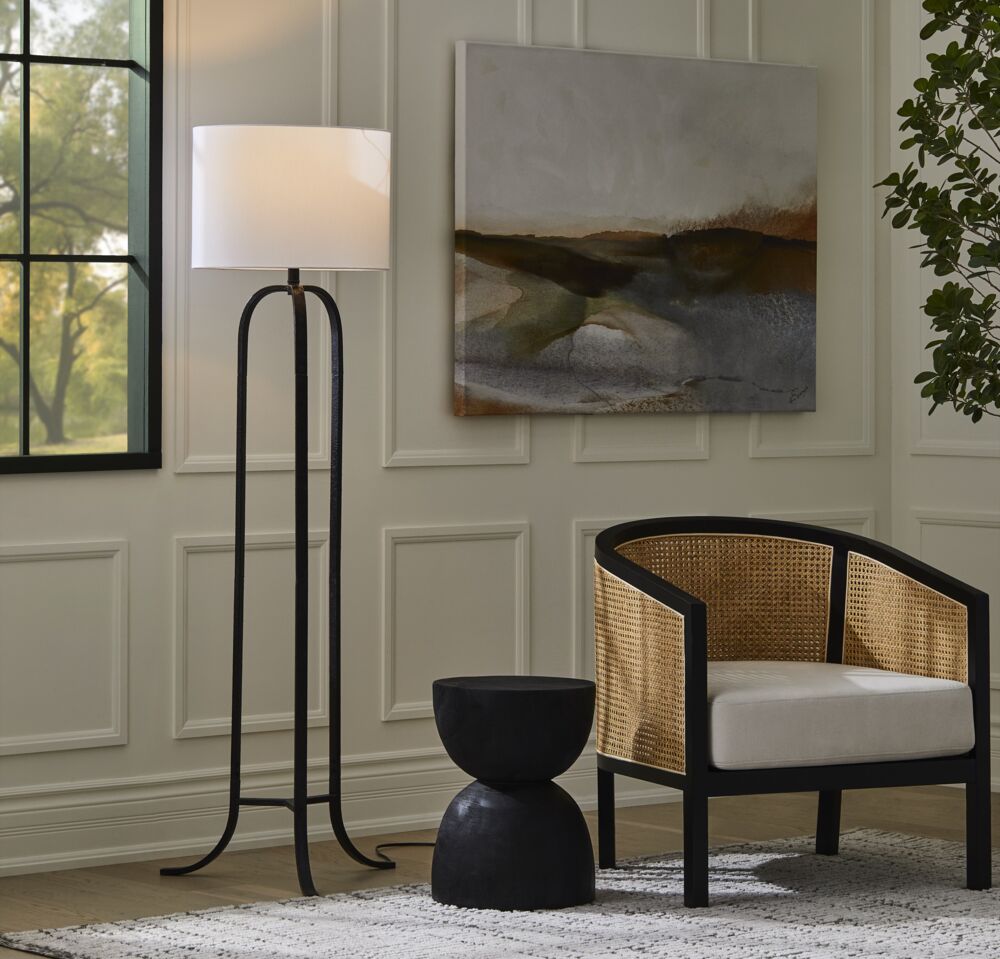
We all strive to create the perfect ambiance in our living spaces, and lighting plays a crucial role in achieving this. Lighting not only sets the mood but also helps to highlight our home’s best features and creates a welcoming atmosphere. However, despite its importance, many people make common lighting mistakes that can negatively affect the look and feel of their home. Here, we’ll discuss five common lighting mistakes and how to avoid them. Whether you’re redesigning your home or just looking to update your lighting, these tips will help you transform your home into a well-lit oasis that you’ll love spending time in.
1. Lack of layering
One of the most common lighting mistakes is not incorporating multiple layers of lighting. Many people make the mistake of only using recessed light and don’t consider layering in sconces, ceiling fixtures, and lamps. But a room that has only one source of lighting can appear flat and uninviting. To avoid this, consider adding a combination of overhead, task, and accent lighting. Overhead lighting provides general illumination, while task lighting is ideal for specific activities such as reading or cooking. Accent lighting can highlight artwork, architectural features, or other decorative elements in a room. In bathrooms, for example, it’s important to have both overhead and wall lights so you have more even lighting on your face when you’re getting ready for the day. By layering lighting, you can create a more dynamic and inviting space.
2. Scale problems
Another common mistake is choosing lighting fixtures that are too big or too small for the space. A light fixture that is too large for a room can overwhelm the space, while a fixture that is too small can get lost in the room’s design. To avoid scale problems, consider the size of the room and the height of the ceiling when selecting light fixtures. Plan your lighting the same way you would select furniture – you’ll want to measure everything out and plan it.
Brian’s Tip: Try creating a mockup of your lighting plan to scale with paper
3. Not mixing finishes
Some people make the mistake of thinking their light fixtures must match the room’s existing finishes. Instead, think of your lighting as a decorative accent. It can be different from the other metals and finishes in the same room or the rest of the house. In fact, not only is it okay to mix finishes, but doing so can actually create a beautifully eclectic look. As an example, if your kitchen fixtures are nickel, try a brass light fixture over your island. If mixing metals feels too adventurous, try just mixing finishes so that some pieces are shiny and some are matte. For example, if your room features polished nickel finishes, consider using a brushed nickel light fixture for a bit of variety.
4. Positioning mistakes
The positioning of your light fixture is crucial to creating a well-lit room. Many people make the mistake of placing light fixtures too high. As a guideline, the light over a dining table should be 32 to 36 inches above the table. That way, the light doesn’t obstruct your view when you’re seated. Wall sconces should generally be mounted 66 inches from the floor. Before shopping for table or floor lamps, sit on the sofa, chair, or bed you’d like to place the lamp next to, and measure the distance from the floor or table to your eye level. The bottom of your lamp shade should hit at or just below eye level to avoid a glare.
5. Using the wrong bulb colour temperature
Finally, one of the most common lighting mistakes is using the wrong bulb temperature. The temperature of a light bulb is measured in Kelvins (K), and it determines the colour of the light. Use a warm white bulb (2700K to 3000K) to create a cozy, inviting atmosphere. Anything above that will be extremely bright white and more suitable for non residential space.
Photography by A Plus Creative